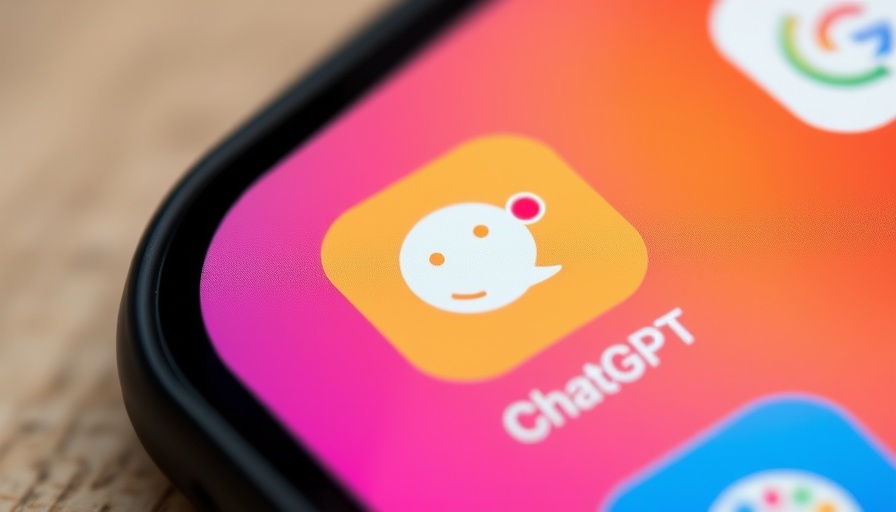
A New Age for Old Photos: The Charm of AI Restoration
In our digital age, nostalgia has taken on new forms, thanks in part to artificial intelligence (AI). Many are discovering the intriguing potential of AI tools like ChatGPT to breathe new life into old photographs. Recently, adventurers in online forums have revealed how this technology can transform dusty family mementos into vibrant visual narratives. But the method isn't as straightforward as it appears — and let's dive into what really happens when you ask ChatGPT to restore these timeless images.
Understanding AI Image Restoration
Initially met with skepticism, the idea of using ChatGPT for photo restoration has grown popular as users share tips and prompts to improve outcomes. The effectiveness largely hinges on what specific instructions one provides. Taking a cue from discussions on platforms like Reddit, the prompt that emerged as a favorite suggests keeping the original expressions and background intact while enhancing colors and details. For instance: “Please upscale and colorize this photo while keeping it faithful to the time period. Do not change the arrangement, expressions, background, or attire; only add period-accurate color and details. The new photo should overlay the original exactly.” This thoughtful articulation helps steer the AI away from creative liberties that could detract from the historical integrity of an image.
The Technological Twist: What AI Claims to Accomplish
The transformation ChatGPT facilitates is not strictly about restoration; it’s about recreation. The AI doesn’t simply enhance what’s there, but rather recreates it through its algorithms and visual datasets. This can lead to compelling images that reflect a modern aesthetic while still drawing inspiration from historical contexts. While this process may not be perfect — often producing anachronisms, as seen with misplaced objects or inaccurate colors — the essence of those captured moments can be preserved and revisited. For marketing professionals and business managers, understanding this artistry is both fascinating and illuminating; it highlights how technology can intertwine with personal history to create potentially engaging content.
Real-World Examples: The Exciting Outcomes
For further context, consider one case featuring President Theodore Roosevelt, brilliantly captured at his writing desk. Post-restoration, viewers may notice vivid details emerging — from nuanced facial expressions to color-enhanced items on the desk. However, with AI’s limitations, inaccuracies can arise, sparking discussion within the community about the balance of creativity and authenticity in AI-generated art.
Another example highlights a lively bicycle delivery boy. ChatGPT's colorization gave springy life to his image; however, it whimsically swapped puddles for what appeared to be a hardwood floor. This creative misstep ignites conversations among viewers on both the AI's capabilities and its occasional errors.
A Consideration of Ethics in AI Restoration
This trend brings to the forefront essential discussions on the ethics of AI in art preservation and restoration. How do we distinguish between authentic history and reconstructed representations? For CIOs and marketing managers, considering the implications of using AI technologies raises significant questions: Can we use these tools responsibly in marketing strategies or historical contexts?
Future Prospects: The Path Forward
As AI technology evolves, understanding its potential applications and limitations becomes crucial, especially for industry leaders navigating digital transformation. Further exploration of this intersection could present opportunities to leverage AI in expansive ways. Could this lead to new avenues in advertising, content creation, or even interactive exhibitions? The possibilities are vast and exciting, urging industry leaders to remain informed and adapt in real-time to trends in AI.
Take Action and Explore More
The embrace of AI tools holds the promise of exciting innovations in how we perceive and engage with the past. Managers and executives in tech-driven industries should consider experimenting with AI image restoration in marketing campaigns or nostalgic narratives within corporate storytelling. Discover the potential of preserving memories as engaging visuals through advanced technology — it's a frontier worth exploring.
 Add Row
Add Row  Add
Add 




 Add Row
Add Row  Add
Add 

Write A Comment